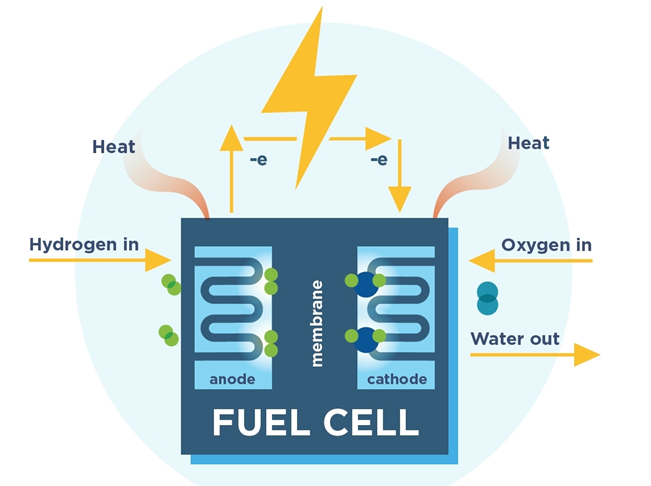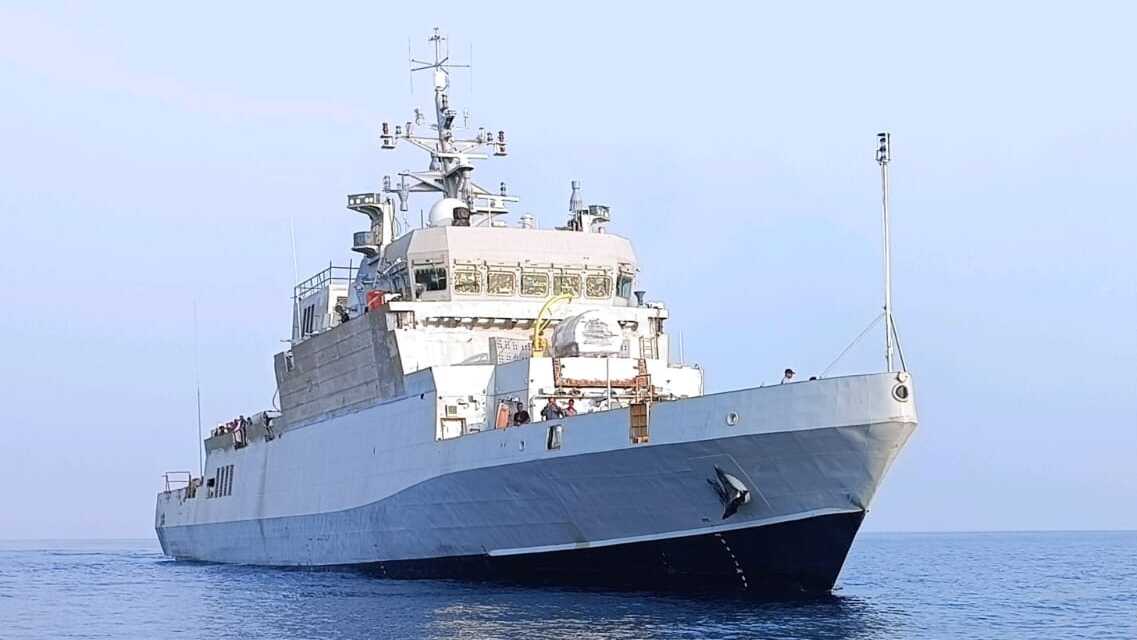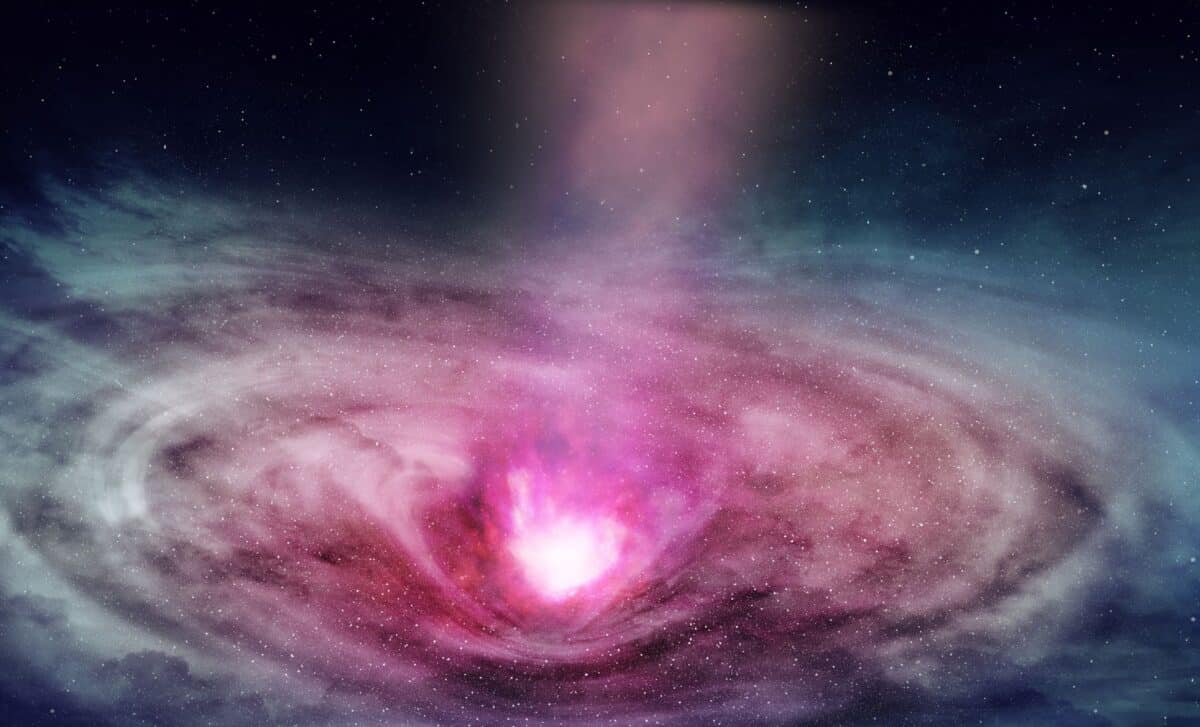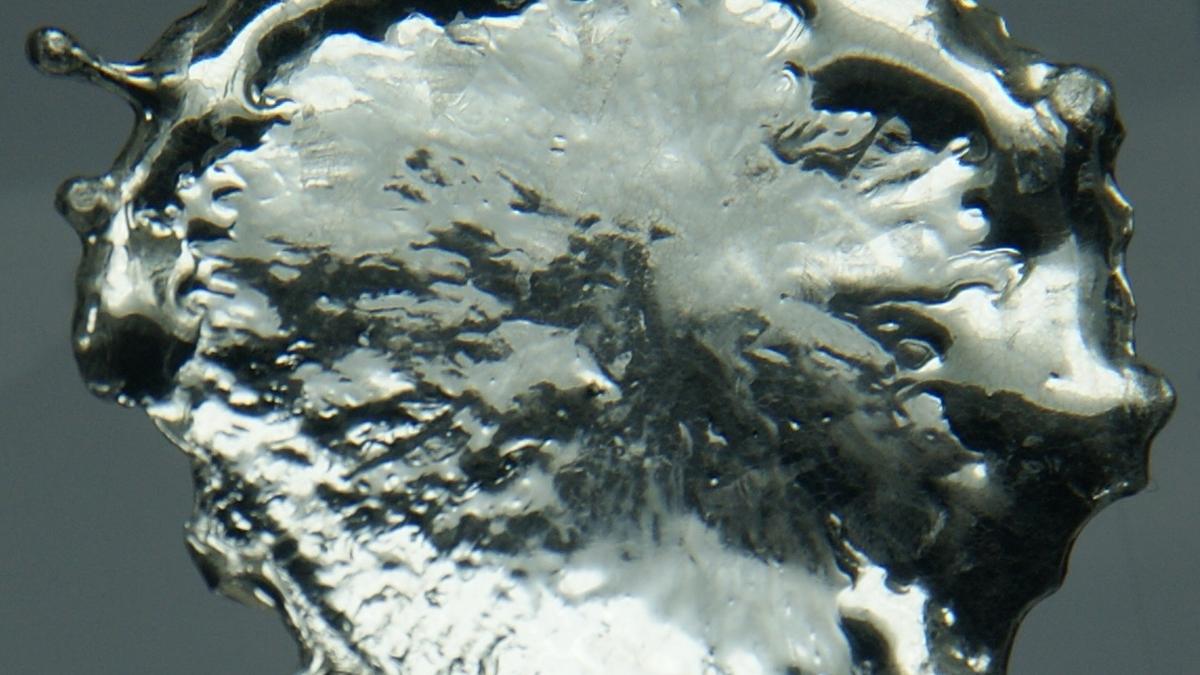- Courses
- GS Full Course 1 Year
- GS Full Course 2 Year
- GS Full Course 3 Year
- GS Full Course Till Selection
- Online Program
- GS Recorded Course
- NCERT (Recorded 500+ Hours)
- Polity Recorded Course
- Geography Recorded Course
- Economy Recorded Course
- AMAC Recorded Course
- Modern India, Post Independence & World History
- Environment Recoded Course
- Governance Recoded Course
- Science & Tech. Recoded Course
- International Relations and Internal Security Recorded Course
- Disaster Management Module Course
- Ethics Recoded Course
- Essay Recoded Course
- Current Affairs Recoded Course
- CSAT
- 5 LAYERED ARJUNA Mentorship
- Public Administration Optional
- ABOUT US
- OUR TOPPERS
- TEST SERIES
- FREE STUDY MATERIAL
- VIDEOS
- CONTACT US
INDIA'S FIRST INDIGENOUS HYDROGEN FUEL CELL FERRY INAUGURATED
INDIA'S FIRST INDIGENOUS HYDROGEN FUEL CELL FERRY INAUGURATED
29-02-2024
Prime Minister Narendra Modi virtually inaugurated India’s first indigenous hydrogen fuel cell ferry at Kochi Harbor in Kerala. This marks a significant leap forward in sustainable transportation for the nation.
|
A hydrogen fuel cell is an electrochemical system that produces electricity by combining hydrogen and oxygen. It works similarly to a battery, but it doesn't need to be recharged |
Vessel Details:
- Named ‘Suchetha’, the 24-meter catamaran ferry boasts an electric propulsion system powered by hydrogen fuel cells.
- Capable of carrying 50 passengers.
- The onboard fuel cells generate power through a chemical reaction between hydrogen and oxygen, emitting only water and heat.
Indigenous Technology:
- Suchetha’s fuel cells and electric motors are developed domestically as part of the Kochi International Water metro project.
- Collaboration between Cochin Shipyard Limited (CSL), L&T, Indian Register of Shipping, and other stakeholders emphasizes the government's vision of “Aatmanirbhar Bharat”.
Benefits:
- Experts See cleaner ferry transit across India’s canal networks, reducing congestion, noise, and air pollution, especially in urban areas.
- The project creates high-skilled employment opportunities and enhances domestic technical capabilities in sustainable marine technologies.
Future Prospects:
- Cochin Shipyard plans to construct 7 more hydrogen fuel cell boats of varying passenger capacities, aiming to tap into the international market for clean marine technologies.
- Expansion of low-cost, zero-emission ferry systems across India under public and private partnership models.
Must Check: Best IAS Coaching In Delhi
Watch Detailed Video Of This Topic



